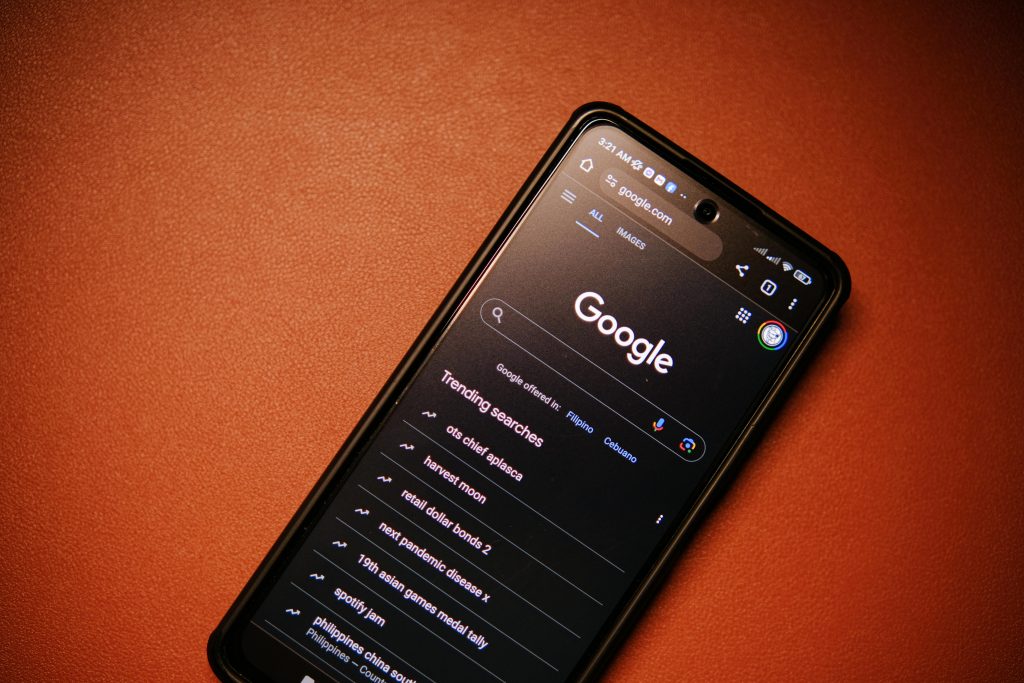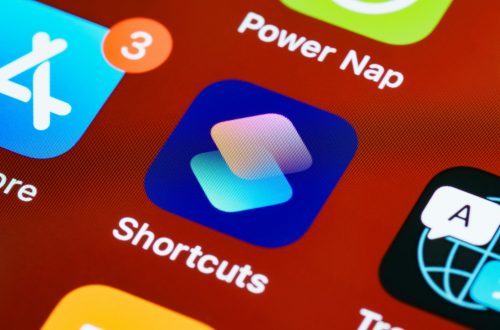
How to Optimize for Visual Search in 2024
SEO has evolved and expanded greatly over the years. There are new trends like voice and visual search pop-ups. These novelties are still new and continue to raise dust and develop further.
This ever-increasing advancement makes a few marketers adapt their existing PPC campaigns. They fail to keep up with what is new in these developments, which simply is not an option.
By doing this, you risk falling behind and being left following others. That’s why in this article, we will discuss how you can adopt the latest strategies to optimize for visual search in 2024. Today, Visual and Voice search trends are at the top of the Z-Index, and that’s the reason why you need to understand them to stay alive in the competition.
What is Visual Search?
Text-based internet search engines accept a query encoded in textual form. Just like that, visual search applications sense an image and eventually return results similar to the same medium.
That list is made up of locations, net directories, images, or other kinds of reports. Currently, the principles of how big search players handle visual searches are:
- Traditional Picture Search with Text
- Reverse Image Keywords by Constructing Structured Data
- Pixel-by-Pixel Scan Implementation (e.g., “snap and find”)
Each method has its strengths for making a query, but all are usually very useful for application.
Industry Leaders in Visual Search Technology
Powered by AI and modern algorithms, these image search engines can comprehend, identify, and match images. Visual search works by using all the information it know about graphics, providing results relevant to users.
Google Lens
The first and most popular visual search engine is Google Lens. It allows users to upload images from mobile devices to perform a search. Identification is its major key function, and it’s able to recognize plants, animals, other objects, or locations. Google Lens offers real-time translation of text using the camera, QR code, and barcode scanning.

Syte
A specially designed e-commerce platform, Syte connects online shoppers with products they’re searching for by working with independent brands and sellers. Key features of Syte include personalized product recommendations based on uploaded images. Along with that, the integration with retailers enables them to incorporate visual search into their sites or apps.
Amazon StyleSnap
Amazon StyleSnap is a convenient tool for finding fashion items through visual searches on Amazon. For instance, users can upload an image of a dress, and StyleSnap will show similar styles available on Amazon. You can match clothes and accessories with uploaded images alongside Amazon’s product database. It also allows personalized product recommendations for similar or related fashions
Pinterest Lens
Another popular visual search tool is Pinterest Lens, which focuses on audience tastes in lifestyle, home décor, and fashion. Users can search for ideas and inspiration by uploading images. For example, if you upload a picture of a home decor item, you might find more inspiring interior design ideas that include this object.
Pinterest Lens offers object recognition with similar item recommendations and category-based inspirational idea suggestions (e.g., fashion, home decor, recipes). You can get access to millions of images within the Pinterest database. The “Try On” functionality for makeup or previewing items in physical spaces using augmented reality (AR).
Bing Visual Search
Microsoft has its version of Google Lens, known as Bing Visual Search. So whether it’s about objects, landmarks, animal identification, or shopping links with price comparisons, you can get access to everything in no time.
Snapchat Visual Search
Snapchat’s visual search function, powered by Amazon, enables users to connect to products through images taken with the Snapchat app. It identifies products in photos and sends users to their respective Amazon pages. It is capable of recognizing a wide range of products, each with links to its respective Amazon product page.

CamFind
CamFind is a third-party visual search tool that enables users to take pictures with their mobile phones, upload them, and return relevant information. Users can search for details on objects, products for sale, and more. It comes with object recognition with recommendations for similar products or results and language translation capabilities.
How to Optimize for Visual Search
Visual search is a powerful tool, especially if you want your products to be discovered by potential customers. Here are seven strategies that you can adopt to optimize your business for visual search and become as effective in lead generation with images:
Research Keywords
One big part of SEO is keyword research, and keywords also have a role in visual search. Keywords allow for more thorough descriptions of product images, ensuring they appear in the right search results. Use keyword research tools to identify the best keywords for your campaign, focusing on long-tail keywords (key phrases with more than three words) for more specific and qualified leads. For example, “maroon striped cotton sweater” will yield more accurate results than a generic term like “sweater.”
Use High-Resolution Photos
If you want to entice leads with a visual search, purchasing high-resolution photos is a must. When you upload high-res photos, search engines like Google have an easier time processing and accurately matching them to relevant searches. Blurry or low-res photos will make your site look amateurish and create inconveniences for users trying to see what they can buy. High-quality images help attract and retain your audience.
Make More Pictures Available
Whenever products get optimized by their image on the website, using just one picture can mean that potential leads will not see your product and instead go with a competitor. The more angles and perspectives you provide, the greater the likelihood your products will be discovered, regardless of how a customer is capturing or viewing them. This approach will also help direct more valuable leads your way.
Title Your Images for the Right Long-Tail Keywords
Once you have selected the long-tail keywords, merge them into titles as well as descriptions of your images. Titles and keywords that work as descriptions help your reader understand what is on the flow and make it easier for search engines to enhance performance in search results. Avoid typical file names such as “img203.png” in favor of something more human-readable that will help the user and be indexed well by search engines.
Alt Text Always
Alt-text should always be added when images are uploaded to your website. Alt text exists mainly to offer a concise explanation of the image and some context for blind users who read it from screen reader software. Since the alt text itself contains that keyword, it further increases its appearance in SERPs for those related keywords and helps search engines to understand what is inside the image.
Image Size & File Types
Ensure that, in line with your apparent pursuit methodology, you are also optimizing file sizes and types for all of your pictures. High-resolution images are bigger and can slow your site down if not optimized. The first step is to scale your graphics so they will fit on any device, such as a smartphone, tablet, or PC, and look good. You can compress the file to reduce its size using image compression tools, ensuring you do not lose leads or conversion rates when your website is slow.
Focus on Captions
Sometimes, captions are overlooked, but they play a vital role in helping your audience understand the context in which your photos exist. Captions provide ways of elucidating what’s happening in the photograph, adding meaning and helping viewers grasp what is being seen. This not only improves user experience but also helps move higher ranks in image search, enabling potential leads to discover your product.





